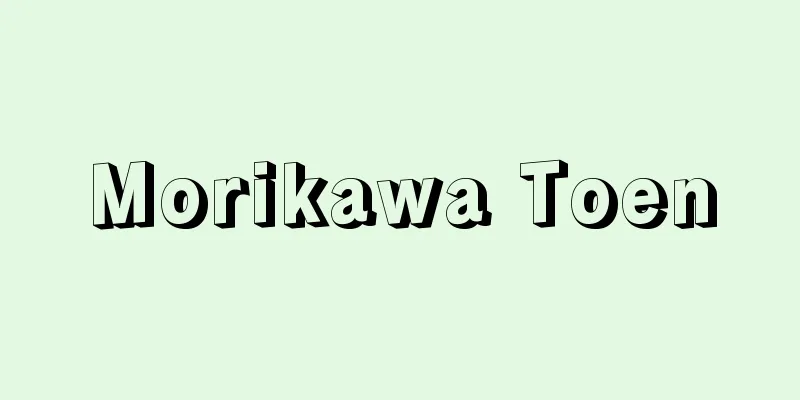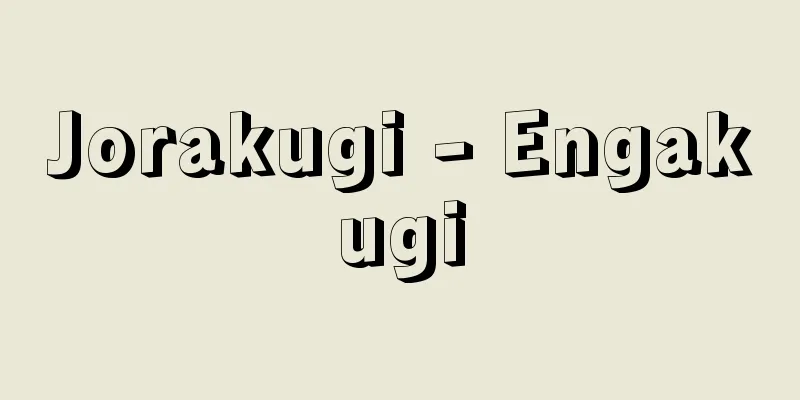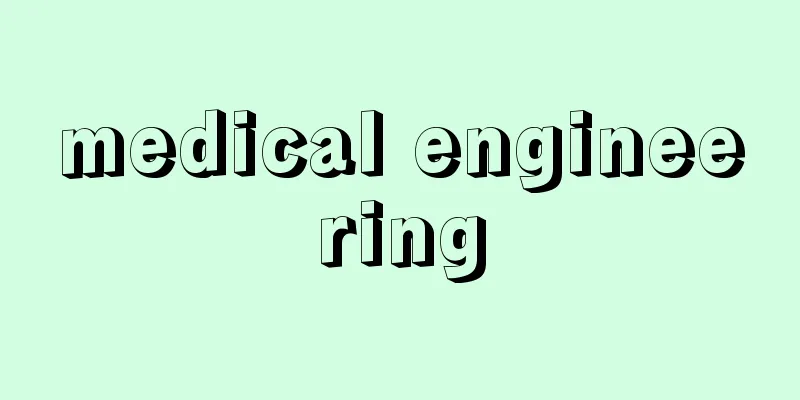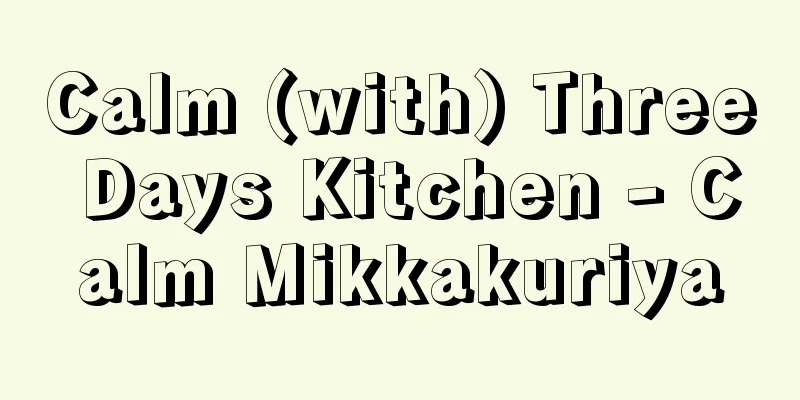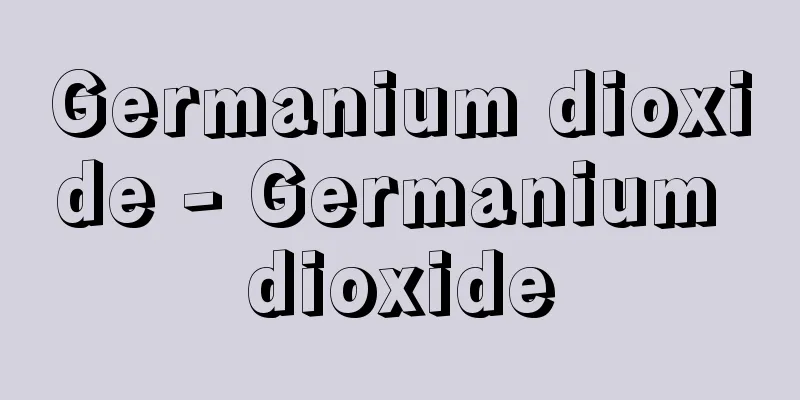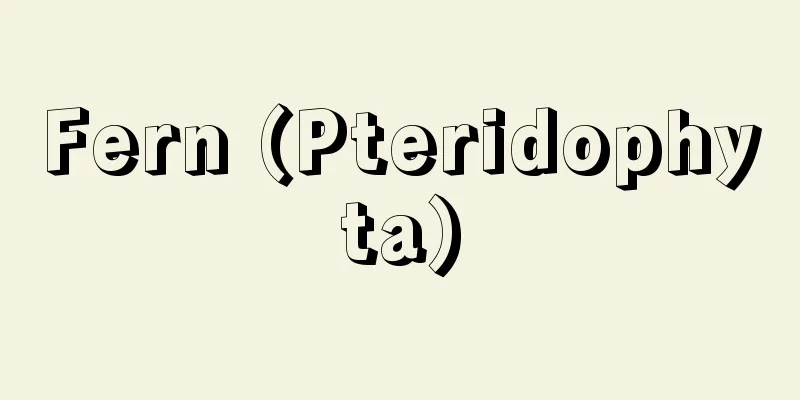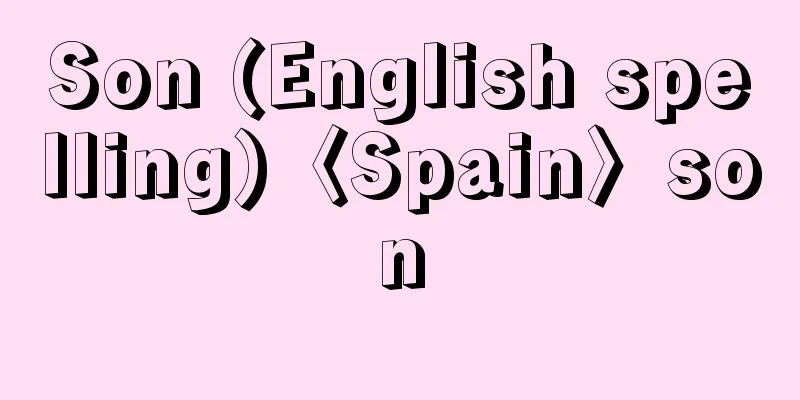Fracture of jaws
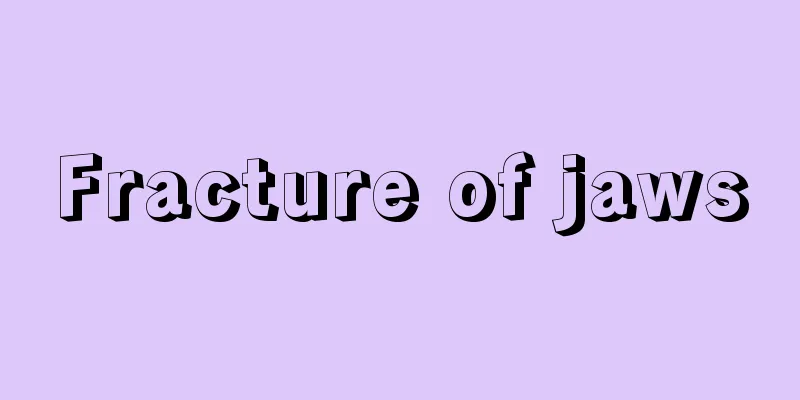
What kind of injury? The jawbone is the base of the face below the eyes and moves when chewing. A jaw fracture is an injury in which the jawbone is broken or crushed (Figure 23). In many cases, it occurs when the jaw or face is struck hard against something, such as in a fall, punch, sports accident, or bicycle or car accident. In rare cases, the jawbone may break spontaneously without any effort on the part of the elderly. How symptoms manifestIn some cases, you may not notice any obvious symptoms immediately after the injury, but only notice a misalignment of the bite a few days later. In this case, the fracture is likely to be in the angle of the mandible (the jaw area) or the temporomandibular joint (in front of the ear), which cannot be seen directly from inside the mouth. Testing and diagnosisImmediately after the injury, the doctor will first observe bleeding and breathing, then proceed to examine and test the jaw injury itself. Visual and palpable examinations can give an idea of the presence and location of a fracture, but for a more detailed assessment, an X-ray is required. Recently, CT scans have become available to provide a fairly detailed diagnosis, and the extent of the injury is determined in conjunction with clinical findings. In the upper jaw, type 1 is a horizontal break at the line under the nose, type 2 is a break from the base of the nose to the upper molars In the lower jaw, fractures often occur in the midline of the jaw, the angle of the mandible, and the temporomandibular joint, areas where excessive force is likely to be concentrated. Treatment methods Treatment methods vary greatly depending on the location of the break. In general, in acute severe cases, the treatment is aimed at preventing life-threatening conditions such as respiratory failure and bleeding, and even after that, For other types of fractures, if the degree of displacement of the fracture site is large, surgical treatment is required, and if it is small, the basic treatment is to ensure the bite (intermaxillary fixation, which ties the upper and lower jaws together). In the past, intermaxillary fixation was the first choice, but recently, treatment methods that connect the bones as accurately as possible and allow patients to return to normal life as soon as possible are being used. If the fracture is smaller, such as in the alveolar fracture (the area under the gums where the teeth are), the bone (and teeth) will be moved back into place and the teeth and metal wires will be used to hold them in place. It may be necessary to treat the nerve of the tooth later. Kazuo Shimogo "> Figure 23 Largely displaced mandibular fracture Source: Houken “Sixth Edition Family Medicine Encyclopedia” Information about the Sixth Edition Family Medicine Encyclopedia |
どんな外傷か 眼より下の顔の土台になるのがあごの骨(顎骨)で、ものを噛む時などに動かす あごの骨が砕けたり折れたりするけがが顎骨骨折です(図23)。多くの場合、転んだり、殴られたり、スポーツ事故、自転車・自動車事故などで、あごや顔面を何かに強く打ちつけた時に発生します。高齢者では、何もしなくても顎骨が自然に折れてしまうこともまれにあります。 症状の現れ方 受傷後すぐにははっきりした症状に気づかず、数日してから噛み合わせがずれていることで気づくこともあります。この場合は、口のなかから直接見えない下顎角部(エラの部分)や顎関節部(耳の前)の骨折が考えられます。 検査と診断受傷の直後では、まず出血や呼吸の様子を観察したうえで、あごのけがそのものの診察・検査に進みます。視診触診などで骨折の有無と場所の見当はつきますが、より詳細な判断にはX線検査が必要です。最近ではCTにより、かなり詳細に診断できるようになり、臨床的な所見と併せて程度を判断します。 上顎では、鼻の下の線で水平に折れる1型、鼻の付け根から上顎大臼歯と 下顎では、過度な力が集中しやすいあごの正中部、下顎角部、顎関節部がよく骨折します。 治療の方法 折れる場所によって治療の方法は大幅に変わります。おおまかには、急性の重度のものでは、呼吸障害や出血による生命の危機を回避し、さらにその後も、 それ以外のものでも、骨折部位のずれの程度が大きければ手術療法が、小さければ噛み合わせの確保(上下のあごを縛り合わせる「顎間固定」)が基本です。以前は顎間固定が第一選択でしたが、最近ではできるだけ正確に骨をつなぎ合わせ、できるだけ早く正常の生活にもどれるような治療法がとられるようになりました。 より小範囲である歯槽骨折(歯が並んでいる歯ぐきの下地の部分)であれば、その場所の骨(と歯)を元の位置にもどし、歯と金属線を使って固定します。あとから歯の神経の処置が必要になることもあります。 下郷 和雄 "> 図23 大きくずれた下顎骨折 出典 法研「六訂版 家庭医学大全科」六訂版 家庭医学大全科について 情報 |
<<: Diffusion - Kakusan (English spelling) diffusion
Recommend
Ikedono - Ikedono
The residence of Taira no Kiyomori's stepmothe...
Oka
One of the surnames. [Additional information] Peop...
Isuzu ball - Isuzugyoku
Scientific name: Fenestraria aurantiaca Plants. Ga...
Viti Levu Island (English spelling)
Fiji is the largest island in the South Pacific. I...
Marbled sole (English name: Marbled sole)
A marine fish of the family Pleuronectidae. It is ...
Patagonia (English spelling)
The area south of the Colorado River, which flows ...
Draparnaldia plumosa (Vauch.) C.Ag.
It is a grass or light green filamentous green alg...
Multatuli (English spelling)
1820‐87 Dutch literary figure. His real name was E...
Eridu Period - Eridu
...The Iraqi government's Antiquities Departm...
Mariana Islands - Mariana
An archipelago of volcanic and elevated coral isla...
River sand - Kawazuna
Sand collected from riverbeds, deltas, river mouth...
Elmurell, F.
...All films were made solely for the purpose of ...
truck system
...wages paid not in currency but in goods or sub...
Muḥammadzai (English spelling)
…After him, the throne was passed down from fathe...
Enemy Father - Kyujitsufu
…A painter active in Suzhou, China, during the mi...


